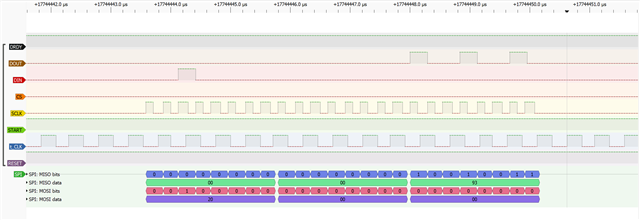Hi all, will need to post short as I am getting a "cannot create ticket" error.
Hi all,
I'm quite new to nrf, zephyr and embedded of this complexity but have completed the fundamentals and intermediate courses.
My intention is to get SPI set up for a TI ADS1298 chip connected to my nrf52DK/52832 board. The only way I know to do this is via bindings and as shown in the lessons and if there is a better way for a custom device with this SPI device connected and an SPI SD card (backup for later BLE comms), please let me know..
I am trying to create a new binding file for the ADS1298 so I can get communication in a similar way to the intermediate course SPI module.
I am working on SDK v2.8.0 in VSCode.
I have created a new blank project and tried to create my own binding file, keeping it simple. Basic file structure within the project is as follows:
my_app
|___ build |___ src |___ prj.conf |___ CMakeLists.txt |___ dts |___ bindings |___ sensor
|___ ti,ads1298.yaml
I have not edited the CMakeLists.txt file.



